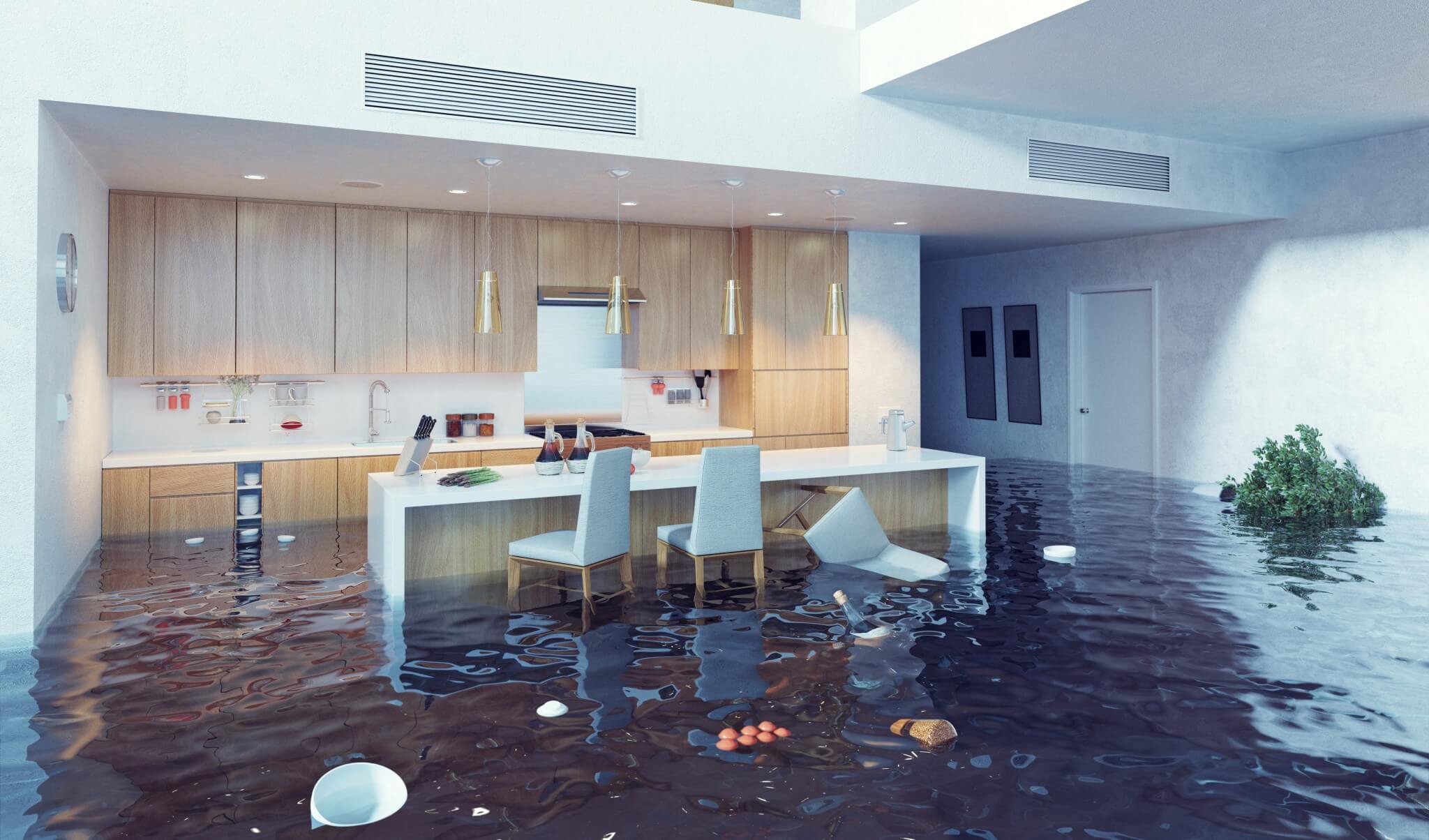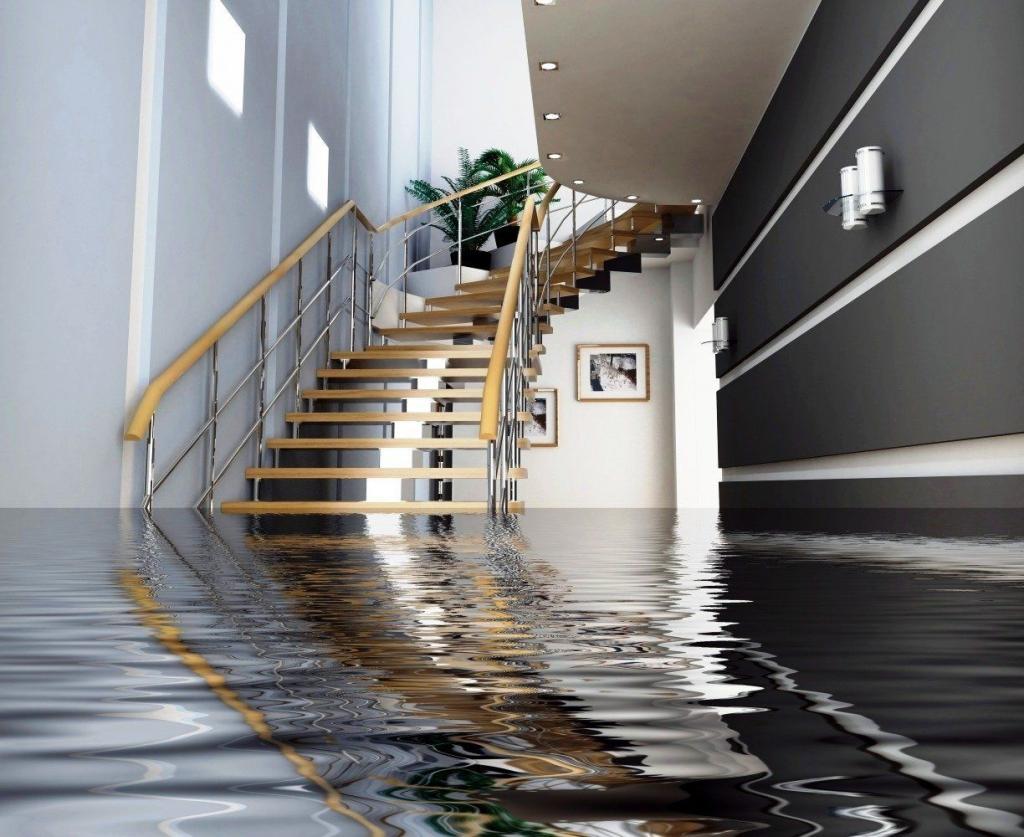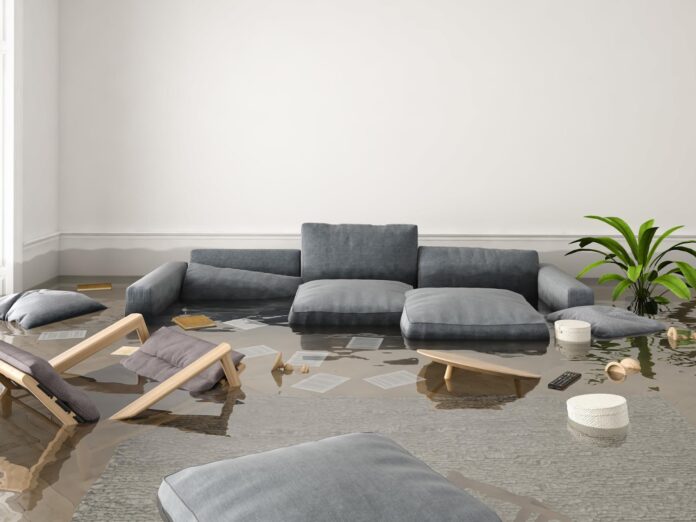So when it comes to water damage claims, what can you really claim for insurance? Well, that’s a tough one. But not really.
Depending on your insurance company, the scope of what is covered will vary, but in most cases – it’s practically everything.
In this article, we will cover some brief examples of what you claim, and tips to make sure you don’t miss out on the compensation.
Keep reading to learn more.
Water Damage Claims – What to Claim?
One of the inconveniences of a water damage claim is the fact the coverage is stringent upon the default policy of your insurance provider, and any optional water damage clauses you opt-in for.
You can claim water damage for anything, but the likelihood of your policy covering it is already pre-determined in advance. That’s why it’s always best to tailor your insurance to your needs, even though one wouldn’t expect water damage to be a common occurrence.

Here are examples of what is definitely not covered by most providers:
- Maintenance issues that you have not tended to
- Issues caused by a flood, not the flood itself
- Repair of the source for water damage, and any subsequent damage during the replacement
And here are examples of what might or might not be covered by many providers:
- Sudden/accidental discharge
- Sewer backup
- Water backup
- Overflow
- Flood
- Stormwater damage
- Gradual damage
So on and so forth. As you can see the list could practically go on and on, but the policy is the determinant for what will be covered when you call in to claim. Nonetheless, keep reading to find out how to ensure you have the best chances for your claim to be approved.
Immediate Involvement
The most important thing you can do when dealing with a homeowner’s claim for water damage is to notify the insurance provider immediately after the water damage has taken place, as long as you are safe.
If you are filing a claim, most policies swill require prompt notice for the insurer. If you cannot repair a claim immediately, or if you begin to fix/remove things – your claim might not be honored.
After you’ve filed, the provider will send an insurance adjuster to inspect your residence. Every insurance provider has a 24/7 claims report system, which can be accessed online, so there is no excuse for late claims.
Secure the Property
Your property policy will most likely have a section on the duties after a loss. It will state the actions that you are required to take to prevent any other damage to the property. When the water damage happens, and you have the potential to reduce it, then you should do so.
In most cases, you might need help from a water damage restoration firm. Your insurance provider and public adjuster should be able to provide you with recommendations for firms that they have worked with in the past.
Because the resulting damage is critical to the status of your claim, it’s important to remember that the claim begins at the moment of damage, not at the point at which you called.

Also, the company you use might affect the claim. If your insurance provider figures that you could have reduced the damage via simple decisiveness, then your claim will be reduced. Accidental damage after the damage has been noticed might not be covered.
Here are some general ideas to reduce excessive water damage:
- Standing water removal
- Drying out the area
- Boarding up windows/doors for water ingress prevention
- Personal belonging removal from water
But make sure to not throw away anything, nor alter the scene until the adjuster has inspected the property. If you hire someone to help you, keep records and receipts of the transactions. The insurer will often cover reasonable expenses to mitigate loss.
Record & Photograph
It’s a good idea to provide evidence of water damage. After you’ve cleaned up and locked down the property, take photographs of everything and anything. Especially that which had suffered some damage. The more evidence you have, the better off you will be when arguing a claim.
Cover all angles, and use various distances to take note of areas that have been damaged. Keep records of the inventory, and all communication between yourself and the insurer.
Combine all of your photos with the written inventory of lost/damaged property. It should cover:
- Item description
- Make/model
- Age of objects
- Replacement cost (cost of today, not of when you bought it)
- Cash value (value at the time of loss)
The more detailed your information, the more likely you are to get your items covered.
But remember it’s always a better idea to avoid water damage in the first place because you never know if the insurer will turn their back against you, and leave you empty-handed.
Water Damage Claims Done Right
Now that you know to deal with water damage claims, you are well on your way to making sure everything works out in your favor. After all, insurance is there to protect your interests, and even though insurers are known for their fine-print schemes, if you use the upper-hand and draw a better card – you’re in for a treat.

Be careful, considerate, and patient. Record everything and anything. Educate yourself on the insurer policies, and argue the case, if you don’t agree with their decision.
You are the victim, but you can become a winner, as long as your claim is legit.
If you’re interested in similar articles, check out the rest of our blog.




